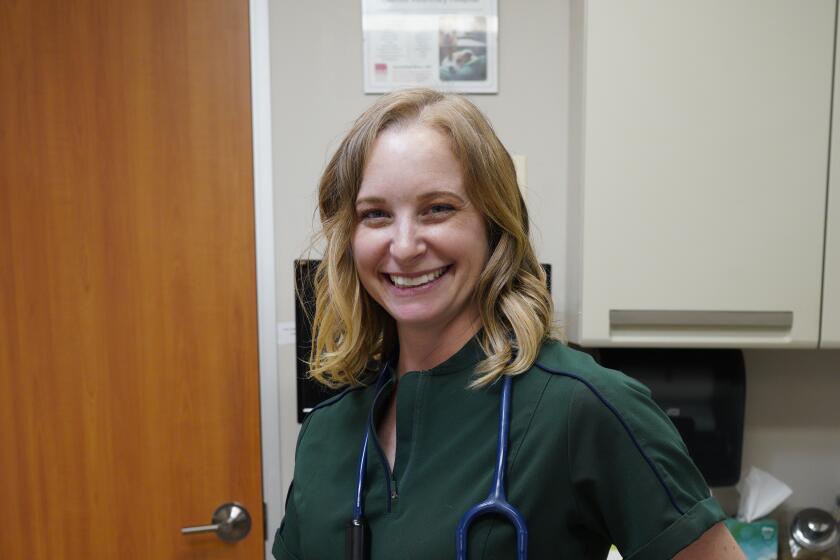Del Mar author plunges into ‘The Power of Plagues’
More than a decade later, Irwin W. Sherman has the book he’d always imagined.
But first, a flashback to 1988: Sherman — then a professor of parasitology and invertebrate zoology at the University of California-Riverside — is looking for a new course to teach, just as the world is gripped by the panic surrounding
“I was fascinated by the fact that the students of that time were really unaware of most infectious diseases except for AIDS,” he said recently in his Del Mar home. “So I thought maybe I ought to enlighten them by developing a course that covered infectious diseases with a kind of historical context, including AIDS but talking about diseases such as smallpox,
Sherman would go on to teach that course for 10 years, part of his 40 years at UC-Riverside that along the way included time as dean of the school’s College of Natural and Agricultural Sciences. And flash forward another 10 years: a dozen books and more than 150 scientific papers have come out under his name, tenure has turned to retirement, and his vacation getaway in Del Mar has turned into his year-round abode.
To fill his down time, he harkens back to that college course to make a pitch to the American Society of Microbiology (ASM) for a scholarly tome on the massive role played by microscopic pathogens. In 2006, The Power of Plagues makes its debut, finding paydirt primarily for undergrads trying to meet their science requirement. Much to his chagrin, though, what it had in exacting textual detail, it lacked for budgetary reasons in visual impact.
Yet another decade later, in present day, the publishing industry has found a way to illustration and photography for a fraction of the financial burden – and thus, ASM asks Sherman to conjure a second edition, this time trimmed beneath 500 pages and loaded with images ranging from classic works of art to movie posters from Hollywood’s golden age.
But disease hadn’t paused its incessant march in the intervening decade — so the new edition not only strews images throughout its pages, but also reflects a world that has since seen the likes of SARS and Zika and even old plagues such as tuberculosis make a mutated return. Released in June, the second edition adds, for example, the Ebola outbreak of 2014, measles at Disneyland a year later, not to mention the ominous development that so many of these pathogens have developed resistance to treatment.
Taking a soberly scientific approach to the most dreadful scenarios imaginable, each of the 16 chapters covers one of mankind’s great afflictions in all its gruesome detail, and the ways in which those micro-pathogens have steered the course of human civilization, be it through war, religion, medicine or by giving shape to science itself.
“This was the book I wanted to write,” he said.
Beach reading it isn’t, but it’s a lesson he believes bears repeating, no matter the era.
“Infectious diseases are an essential part of the world’s economy, social structure and so on, which really goes unappreciated to a large degree,” he said. “We tend to believe that really we’re disease-free, that it’s somebody else’s problem, or that we have a vaccine from almost everything, or if that fails, we have a drug. That’s a kind of illusion to a degree.”
Irwin Sherman is giving a presentation on Aug. 17, from 10 a.m. - noon, titled “Drugs that Changed the World” for the Osher Continuing Education program at the UCSD Extension complex, 9600 North Torrey Pines Rd., Building D, Room 129, La Jolla.
The new edition of The Power of Plagues is available at amazon.com.
Get the Del Mar Times in your inbox
Top stories from Carmel Valley, Del Mar and Solana Beach every Friday for free.
You may occasionally receive promotional content from the Del Mar Times.





